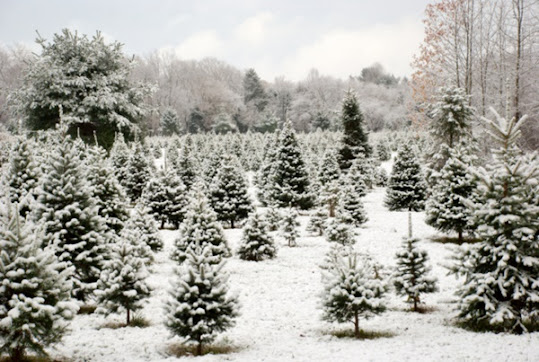In Europe, the
earliest history of the Christmas tree was that it was traditional during the
celebration of the Winter Solstice (December 21st) to bring an evergreen tree
into the home and decorate it.
Since the evergreen was the only type of tree that lived through the entire winter, the families saw it as a symbol of continued life. Of surviving the bitter cold of winter in the hopes of the coming warm and sunny weather to come in the next months.
Traditionally,
Christmas trees were brought into the home on December 8th which is the
Immaculate Conception and decorated. They were removed from the home on January
6th or better known as Little Christmas. As it was regarded as bad luck to have
a Christmas tree in the home after this date. Similarly, modern Christmas trees
have kept many of these customs. However, instead of lighting trees with
candles, electric lights are normally used because they last longer and are
much safer.
Modern Christmas trees are decorated with ornaments, candy canes, garland, and tinsel. The top of the tree is usually adorned with a star, or an angel, both symbols associated with the Christian aspects of the holiday.
However, whereas people in older times decorated the tree on December 24th, in modern households, the tree decorating is usually done sometime earlier in December. Especially in homes which use artificial trees. For many families, the decorating process might even take place sometime shortly after Thanksgiving or even on Thanksgiving evening for American tradition. Irish tradition still
Christmas Tree: the Norway Spruce
The Norway Spruce
has been a favorite as this is considered as a lovely soft tree. The tree has got
very fine needles and it is described as it goes really, really bushy. Also,
there are lots of branches so one can hang plenty of decorations on. This is to
feel the festive mood that the holidays bring. It will absolutely be gorgeous,
and the real highlight is that it has a wonderful scent. Adding to the more
celebratory mood of the house.
Regardless of
what variety of Christmas tree one has, it is the spirit and the joyful
celebration of the season that will definitely bring light and togetherness in
this wonderful holiday. As families gather together for some mulled wine and
hot chocolate enjoying each other’s company.
 |
| Buy Christmas Tree Online Ireland |


